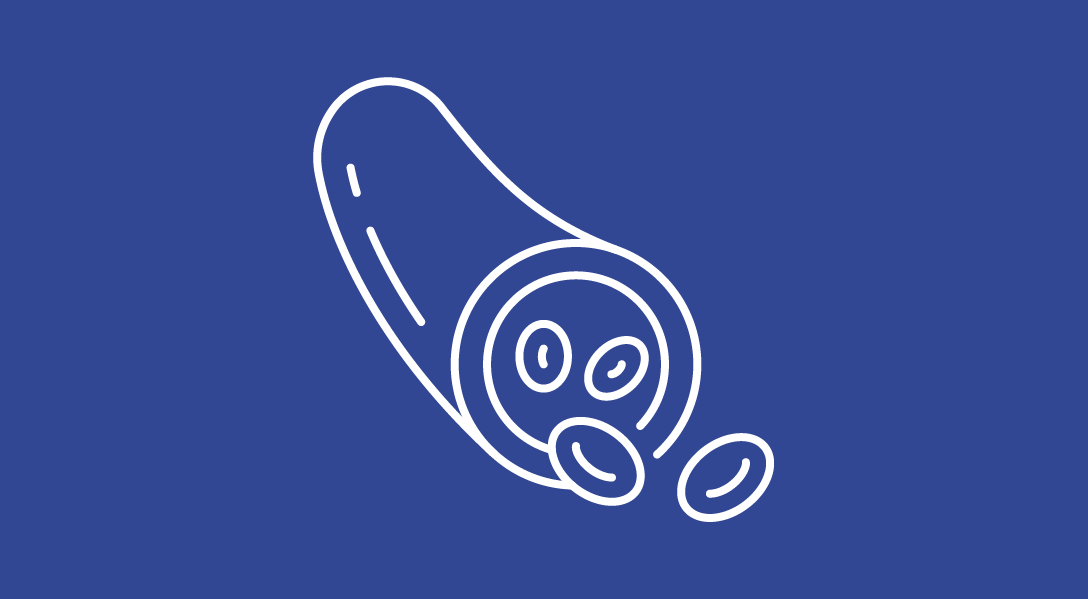Routine Hazardous Drug Wipe Tests Provide Springboard for Quality Improvement Initiatives
Routine surface wipe testing helps identify specific areas of hazardous drug contamination and guide nurse leaders towards establishing improved protocols.
Seth Eisenberg, ASN, RN, OCN, BMTCN

Routine surface wipe testing may be a valuable way to assess hazardous drug (HD) contamination within an institution and provide oncology nurse leaders with opportunities to identify areas for improvement. Findings from a nurse-led quality improvement project were published in the Clinical Journal of Oncology Nursing.
Six locations were subject to routine surface wipe testing. When the initial tests were conducted, two of the 6 tested locations demonstrated HD contamination greater than the limit of detection (LOD). A plastic HD-transportation bin in the pharmacy department had 0.10 ng/cm2 of 5-flurororacil, and the leg of an IV pole in the infusion area had 0.03 ng/cm2 of paclitaxel. After investigators identified these sites of contamination, subsequent changes to cleaning practices were implemented.
For the transport bin, it was noted that a vial of 5-fluorouracil had broken in the vicinity 1 week prior to the test. The bin was included in the decontamination and cleaning procedures, but investigators determined that staff adherence to these procedures was inconsistent. The team consequently provided staff with additional education and created a tracking system to ensure that the transport bin was included in the procedures going forward.
For the IV leg poles, standard cleaning procedures paid special attention to areas of patient contact but were not as strict about remaining areas. The legs attached to the wheels were not routinely cleaned. Moreover, the method of cleaning the leg poles was designed for infection prevention and not HD remediation. Following initial testing, the nurses were advised to replace disinfectant wipes—which have not been shown to be useful in removing HD residue—with bleach wipes, which contain strong oxidizers able to neutralize some HDs.
Lastly, it was hypothesized that the source of the contamination for the IV leg poles came from a loose secondary tubing connection at the pump. Throughout the 6-month wipe testing period, there were 3 recorded HD spills. One of these spills was from a loose connection; however, the patient bay that was impacted and the drug that was spilled were not included in the report. This presented the unit with an opportunity to improve their spill reporting procedure to avoid missing information in the future.
During subsequent surface tests, conducted at 3- and 6-month follow-up, the HD levels were below the LOD for both the transport bin and the IV pole.
“In this study, the sequential testing process provided an opportunity to identify 2 specific areas in need of improvement and allowed for the validation of subsequent changes,” Seth Eisenberg, ASN, RN, OCN, BMTCN, an oncology nurse consultant in Saint George, Utah, wrote in the study results. “Determining the presence of HD contamination has a particular benefit for nurses and supportive personnel because HD PPE [personal protective equipment] is not used for all patient care activities.”
As Eisenberg highlighted in the study, USP <800> guidelines recommend monitoring for the presence of HD residue. However, a single-wipe test is insufficient, as it is unable to demonstrate whether the contamination is recurring. Therefore, a quality improvement project was developed to assess the potential benefit of performing sequential HD wipe testing over the course of 6 months in an ambulatory cancer center. Prior to this initiative, the host institution had been performing random wipe tests.
For this project, 4 locations in the pharmacy department and 2 locations in the infusion department were chosen as testing areas. The pharmacy locations included the transportation bin, the floor of a negative pressure HD buffer cleanroom, the floor in front of a class II type A2 biosafety cabinet /containment primary engineering controls (C-PEC), and the C-PEC airfoil grate. In the nursing department, the testing locations were the telephone handset at the nursing station and the legs of an IV pole in a patient bay.
ChemoGLO provided the surface sampling kits. The samples were collected between 7:00 am and 8:00 am, prior to the morning decontamination procedures in the pharmacy department, and prior to patient arrival, in the infusion area. Investigators changed their HD gloves in between each wipe sample. The initial wipe tests were conducted in December 2020 and the subsequent wipe tests dates were in March and June of 2021.
Aside from the transport bin and the IV poles, all the other locations were found to be under the LOD of 0.01 ng/cm2 for cyclophosphamide, doxorubicin, 5-fluorouracil, methotrexate, and paclitaxel at each of the 3 testing points.
In the discussion of the findings, Eisenberg noted that health care institutions must consistently evaluate their safety procedures and equipment as part of their HD exposure program.
“Repeatability and sustainability are key components of ongoing quality improvement processes,”he concluded. “The concept of sequential testing is transferable to any health care organization where HDs are compounded and administered and can assist in benchmarking improvements. Deficiencies in equipment or decontamination procedures must be identified to initiate corrective action.”
Reference
Eisenberg S. Sequential wipe testing for hazardous drugs: a quality improvement project. Clin J Oncol Nurs. 2023;27(3):267-273. doi:10.1188/23.CJON.267-273




